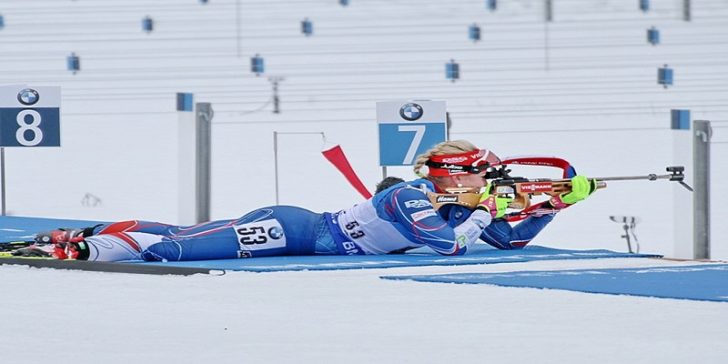How different is women's biathlon from men's?
March 26, 2021 at 8:13 am,
No comments
 The women's 15 k distance monorail biathlon of the Pyeongchang 2018 Olympics was set up to be held on 15 February in the Alpensia Cross-country Center in Pyeongchang, South Korea, as scheduled. However, high winds caused many delays, and finally the event was moved to the next day, February 16. This was a major disappointment to the fans, who had spent their money in the event. There's still much work to do to get ready for the Olympic Games in late next year. I'll summarize some issues I have observed thus far in preparing for the event.
The women's 15 k distance monorail biathlon of the Pyeongchang 2018 Olympics was set up to be held on 15 February in the Alpensia Cross-country Center in Pyeongchang, South Korea, as scheduled. However, high winds caused many delays, and finally the event was moved to the next day, February 16. This was a major disappointment to the fans, who had spent their money in the event. There's still much work to do to get ready for the Olympic Games in late next year. I'll summarize some issues I have observed thus far in preparing for the event.The majority of the North American athletes have had ample time to get ready. A lot of time was devoted to physiotherapy. However, a high number of our athletes have not had sufficient time to warm-up. Despite warm-ups, our athletes still didn't feel any kind of comfort. This made it harder for them to train.
The short courses don't help to ensure the optimal performance in the women's biathlon. It's not because they are not long enough, it is because the courses are too short. During the competition, an athlete has to cover just 1 hour and 30 minutes. Considering that the women's biathlon entails sprints, this translates to very little time. This would not be good during the qualification races.
Another difference between the biathlon events and the other events is the immunity. Unlike the men's competition, where there are a straight arm and leg push, in the women's, there is a back and arm stretch as well as a torso stretch. The women need to be certain that they can deal with this extra distance.
The course and the biathlon itself will be a massive factor in who wins the women's biathlon. The athletes that perform well in the field events will usually perform well in the biathlon as well. There are a lot more factors for women's biathlon than just the course and the shooting. These days, even women who do not regularly compete in the hall may still put up a great shoot. They have knowledge and tools that make them more competitive.